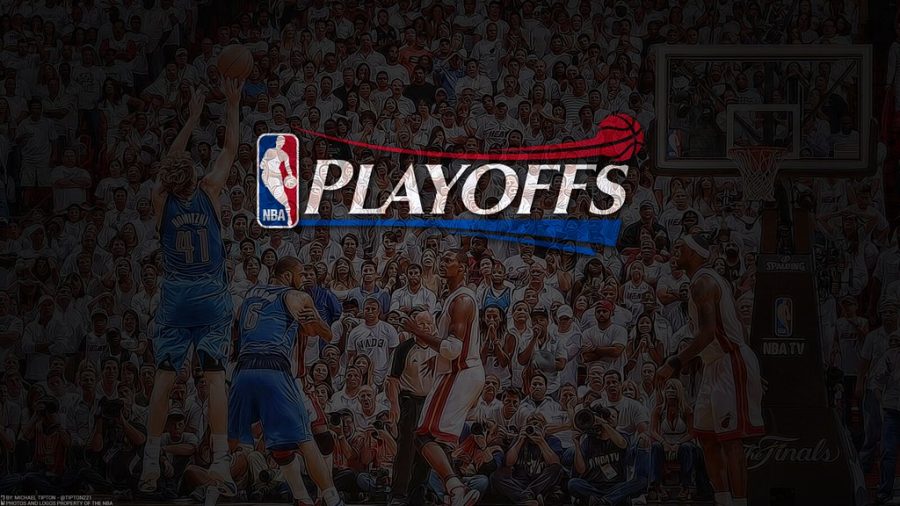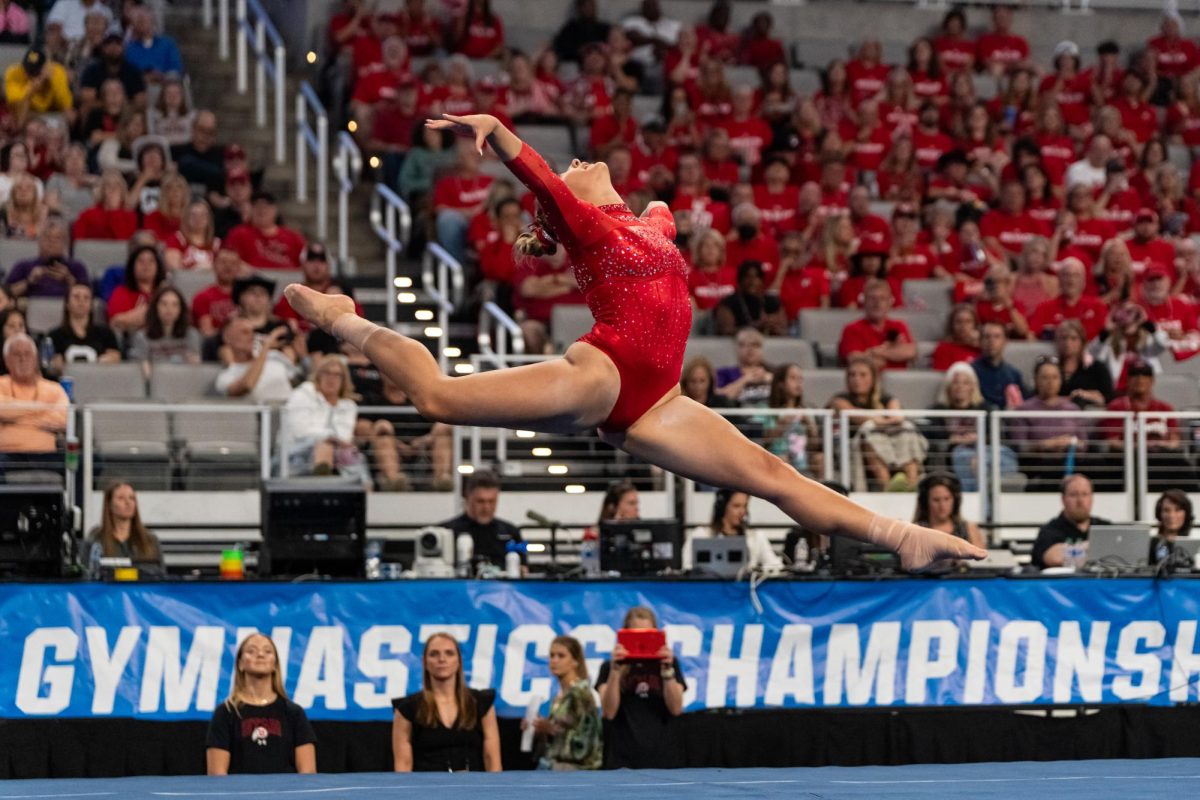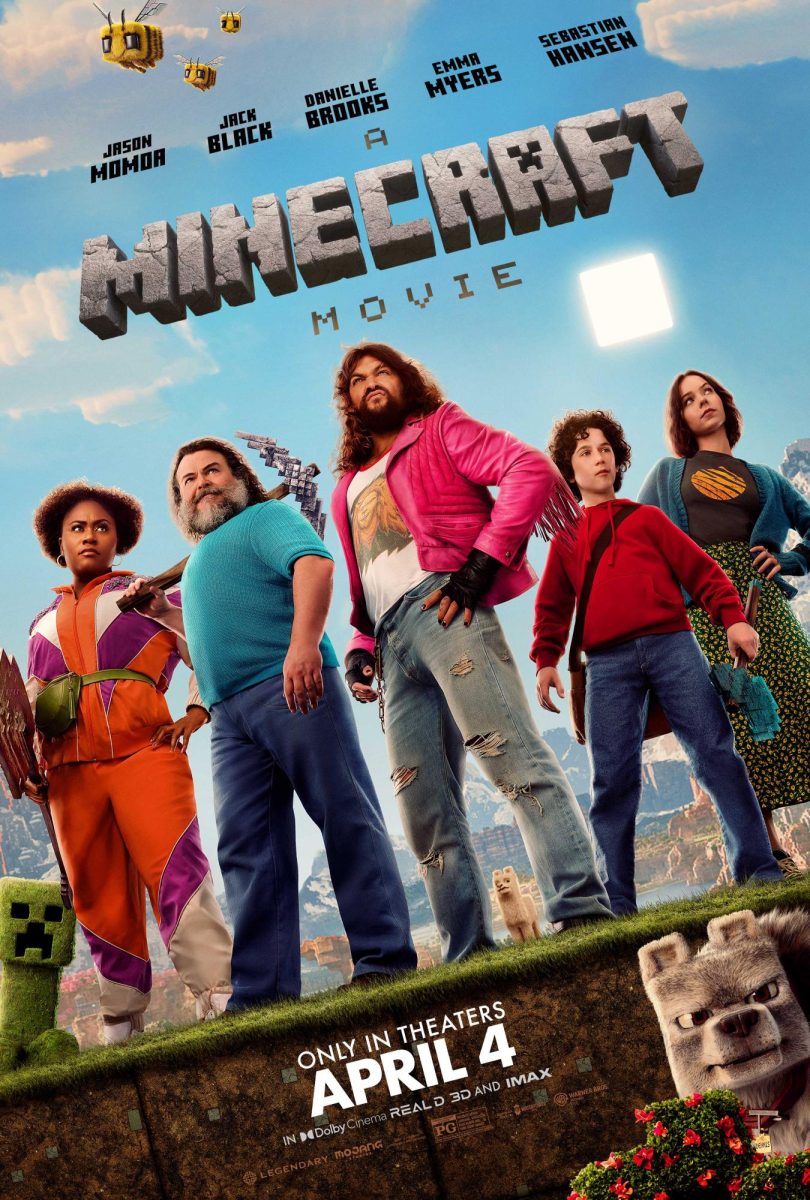How the NBA Can Regain Viewer Engagement
“The NBA wants to maximize viewership and revenue and is willing to make changes to do so.”(Courtesy Flickr)
April 12, 2021
Over the last few years, the NBA has been consistently losing viewers of major games such as the NBA Finals, leaving many people questioning what they are doing wrong. Right off the bat, many fans have opted not to watch due to the expressed political views. While it is hurting the NBA from a revenue perspective, they are doing the right thing by allowing players to express their political activism and beliefs. But what else is hurting the association’s viewership?
The Problem
The NBA saw a 37% decline in ratings from the 2019 playoffs to the 2020 playoffs. A large part of this decline is attributed to the COVID-19 pandemic. But even before the pandemic, numbers had been decreasing. Views before the shutdown last season were already down 13% from the previous season.
Given the current format, an NBA season has a ridiculous amount of games (82), and many of them are simply not meaningful. There is very little difference between a season with 55 wins or 60 wins — maybe a small playoff seed change. Fans agree that the season is too long — 60% of fans are in favor of a shorter season.
Additionally, while the NBA has plenty of games, many of them are scheduled at times when not a lot of people are willing to watch. The Utah Jazz and Denver Nuggets faced off in a playoff game last season that started at 11:30 a.m. MDT. It’s no wonder the NBA is losing viewers, as these morning games don’t have anywhere near the same turnout that a primetime game would draw.
While the NBA gains a lot of their views from “super-teams,” simply because people find them more entertaining, what isn’t mentioned is how these teams hurt other teams and their views. Everybody wants to watch a very high-powered team such as the Los Angeles Lakers or the Brooklyn Nets, but not everybody wants to watch a team that is sitting at the bottom of the league and getting dominated by the others.
The NBA’s soft cap and luxury tax are what make the formation of “super-teams” easier to formulate than a hard cap. While it allows players to get paid more, it also attracts top players to large-market teams who are more willing to pay the luxury tax than a small-market team. This starts the creation of “super-teams” and can hurt smaller franchises.
The Solution
So what can the NBA do to get back on track? The NBA has proposed changing the regular 82-game season to a slightly shorter 78-game season. They also are considering adding an in-season tournament with cash prizes and other incentives for the winning team.
A play-in tournament has also been proposed to change the playoff format. Seeds 7–10 would make the tournament with the seventh and eighth-ranked teams competing for the seventh seed. Then, the ninth and tenth ranked teams would play, and the winner of that game would compete with the loser of the seventh and eighth matchup to determine who would be the eighth seed.
Another proposal is to reseed the final four teams in the playoffs based on a regular-season record. The NBA stated that fans have expressed a lot of interest in the idea and feel it would make the final two rounds more intriguing to watch.
It all comes down to revenue at the end of the day. The NBA wants to maximize viewership and revenue and is willing to make changes to do so. With viewership at an all-time low, don’t be surprised if the league begins making changes and incorporating these new ideas in seasons to come.












